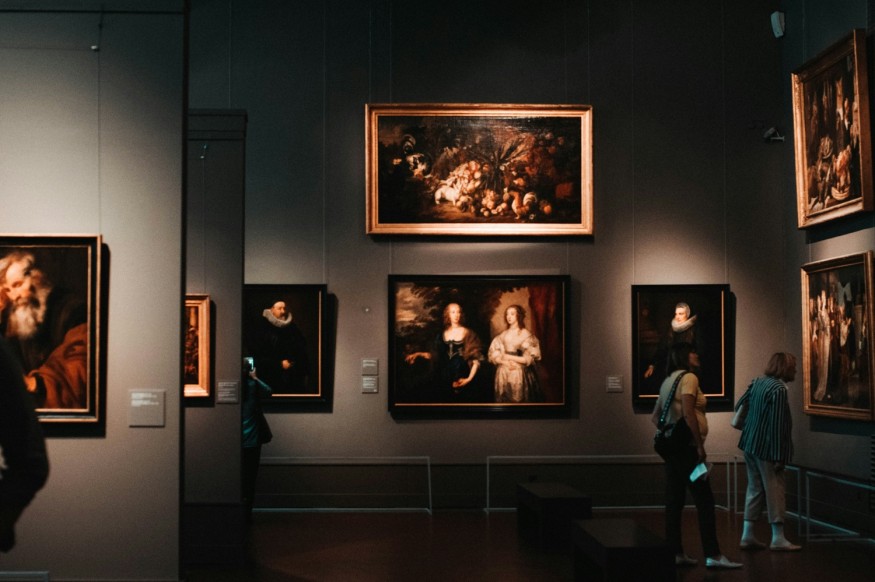German Art Gallery Employee’s Unauthorized Insert of Personal Artwork Stirs Up Controversy

A contemporary art museum in Germany got into unexpected drama when one of its curators could not assist himself by producing their own artwork for display in the exhibition instead. The Pinakothek der Moderne, known for its vastness featuring masterpieces from the international artistic scene, including Pablo Picasso, René Magritte, and Salvador Dalí, became the South Gallery (SA) stage for this unconventional self-advertisement technique.
The individual behind the stunt remains anonymous, as detailed in a report by Munich newspaper Süddeutsche Zeitung. Described as a 51-year-old man employed in the museum's technical service, this self-proclaimed freelance artist took advantage of his access to the exhibit space, which he utilized outside of regular opening hours to hang his creation - a painting measuring nearly 2 feet by 4 feet.
Swift Intervention
While the museum spokesperson revealed uncertainty regarding the duration the unauthorized artwork remained on display, they assured that vigilant supervisors promptly detect such deviations from the protocol. Despite the brief stint of the rogue exhibit, museum authorities swiftly intervened, removing the painting and terminating the employee's contract. However, the saga didn't conclude there, as law enforcement became involved, investigating the incident for potential property damage due to the employee drilling two holes to mount the artwork.
Legal Implications
The motives behind this audacious act emerged during police inquiries, revealing the individual's aspiration for recognition and acclaim within the art world. Evidently seeking a breakthrough in their artistic career, the employee viewed this clandestine exhibition as a gateway to fame. CBS News reached out to the museum for further comment, shedding light on the aftermath of this unusual occurrence.
Aftermath and Reflection
The Pinakothek der Moderne is a bastion of European modern and contemporary art, boasting four distinct collections. Interestingly, this incident occurred mere weeks following the inauguration of an exhibition featuring the works of performance artist FLATZ. Renowned for provocative acts such as serving as a human dartboard in 1979 and hanging upside down between steel plates while striking them with force in the '90s, FLATZ's radical exploration of the human body forms the centerpiece of the showcase.
Through the exhibition's main themes, the FLATZ artists, the human form, delve into the exhibition at the Pinakothek der Moderne of both fragility and self-healing. By engaging in death-defying acts exemplified by human anatomy limitations and patriarchal conventions, the artists of FLATZ unfold the vulnerability and resolution present in people's lives.
As an end note, the unusual presence of personal work in the space occupied by a renowned art museum becomes an expressive symbol, indicating that creative expression may be a complex phenomenon to tame. Placed in the midst of all this, the incident can be considered a stepping stone to the wider effects of considering museums' role in promoting creativity and creative expression brought about by the blended nature of curation of institutions and individual creative undertakings.
Related Article : Yayoi Kusama Tops Record Sales in Contemporary Art Market 2023
From Digital Models to 3D-Printed Homes: Jaspreet Kaur Lall Explains How the Innovation Changes the Construction Industry

Future Belongs to Green Construction: Sampath Kumar Paspunoori Explains One of the Key Trends in the Construction Industry

Kamala Harris' Campaign Ad Uses Iconic Visuals from Carrie Mae Weems to Connect with Voters

Historic Ancient Roman Ruins in Baalbek Remain Strong After Israeli Air Strikes; Locals Seek Cultural Protection

4 Ways to Honor Departed Loved Ones in Your Home Design











